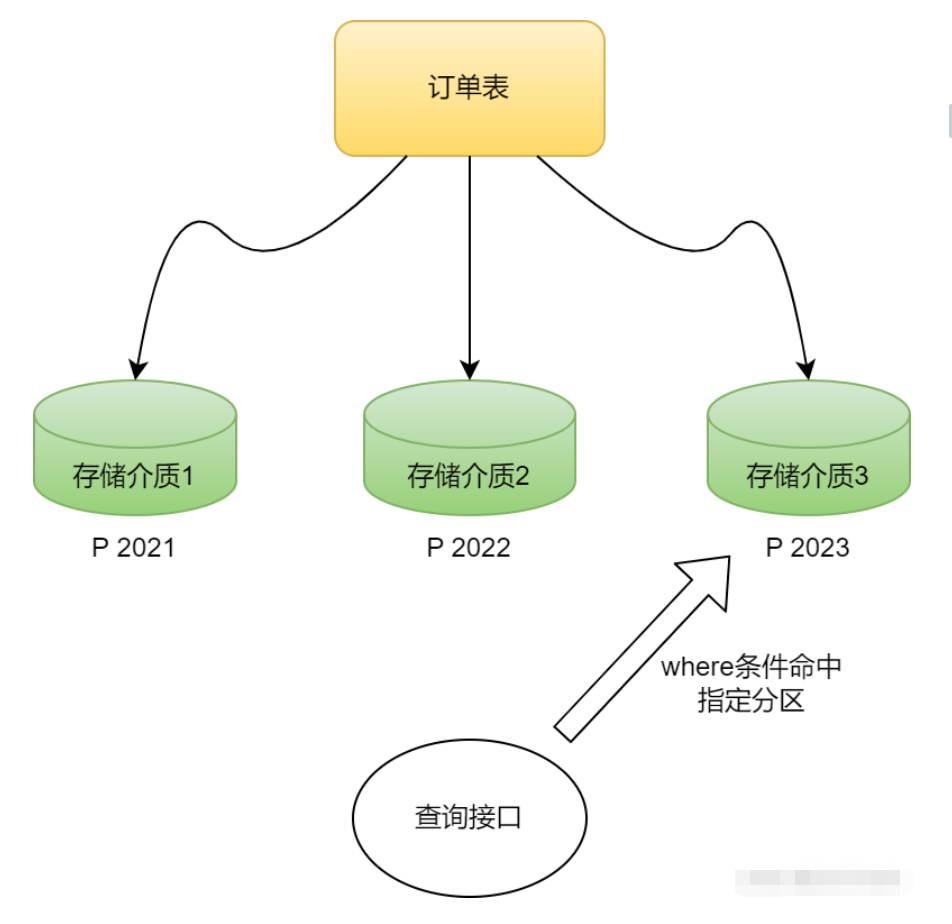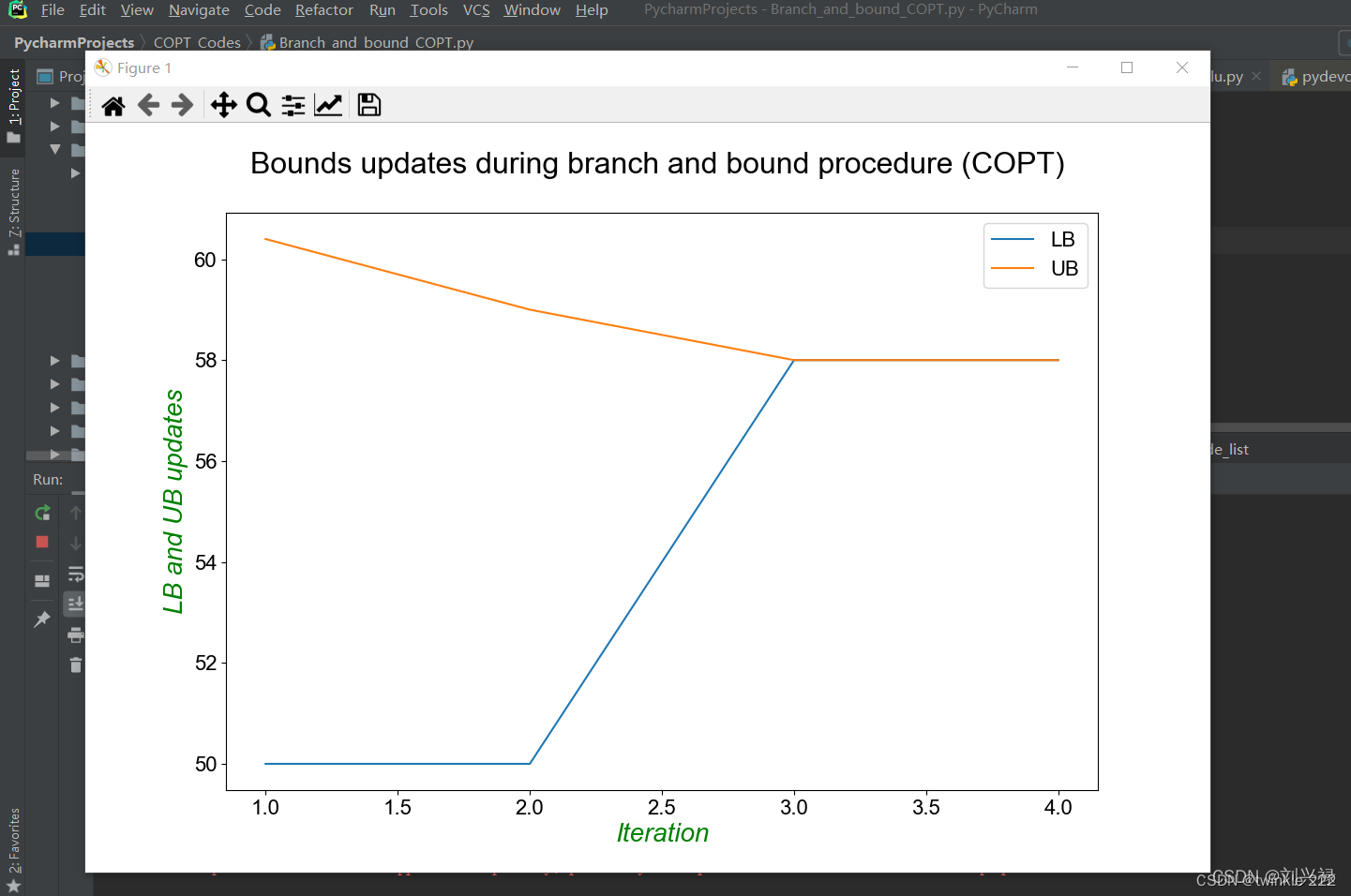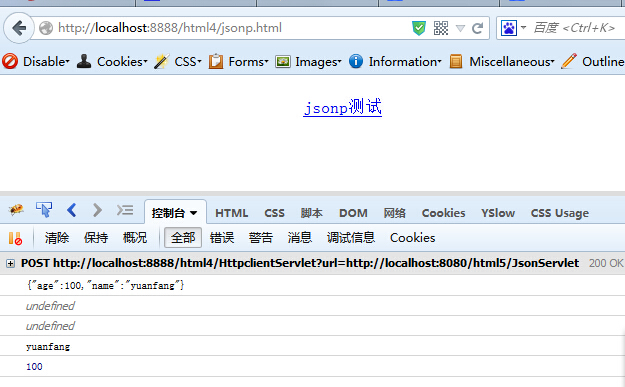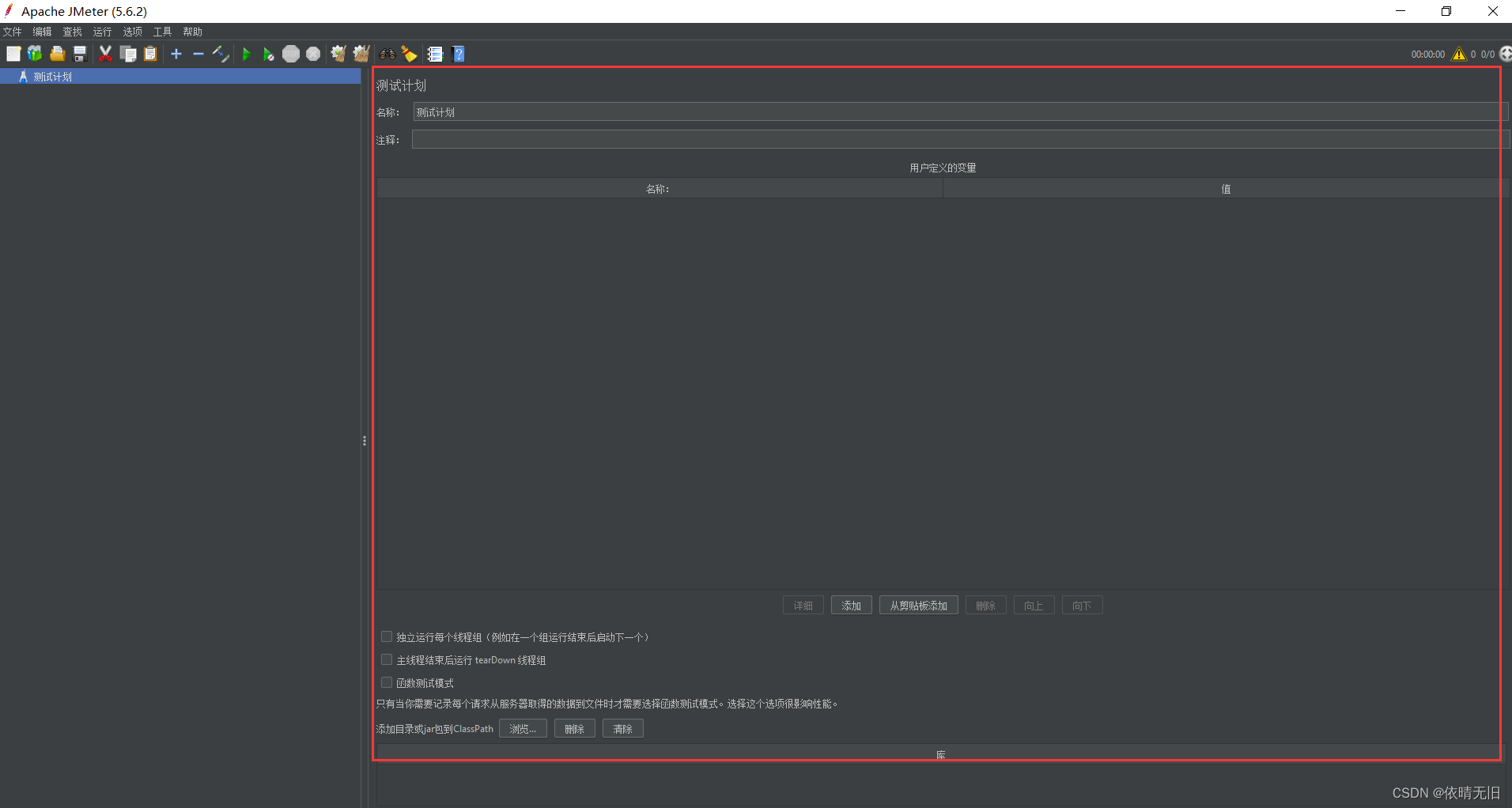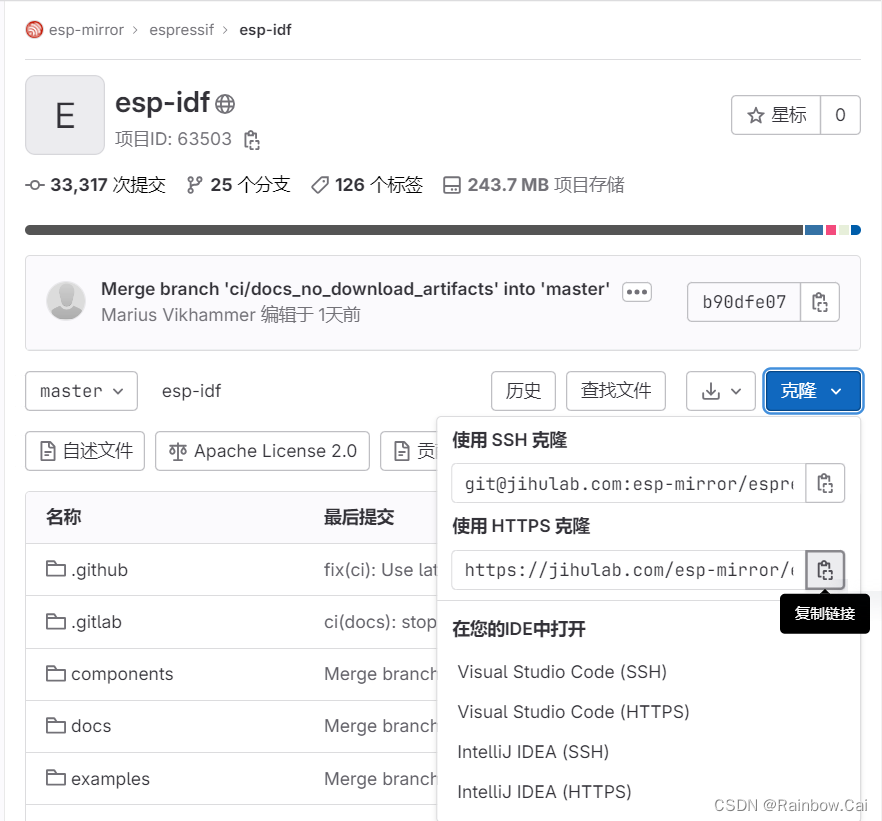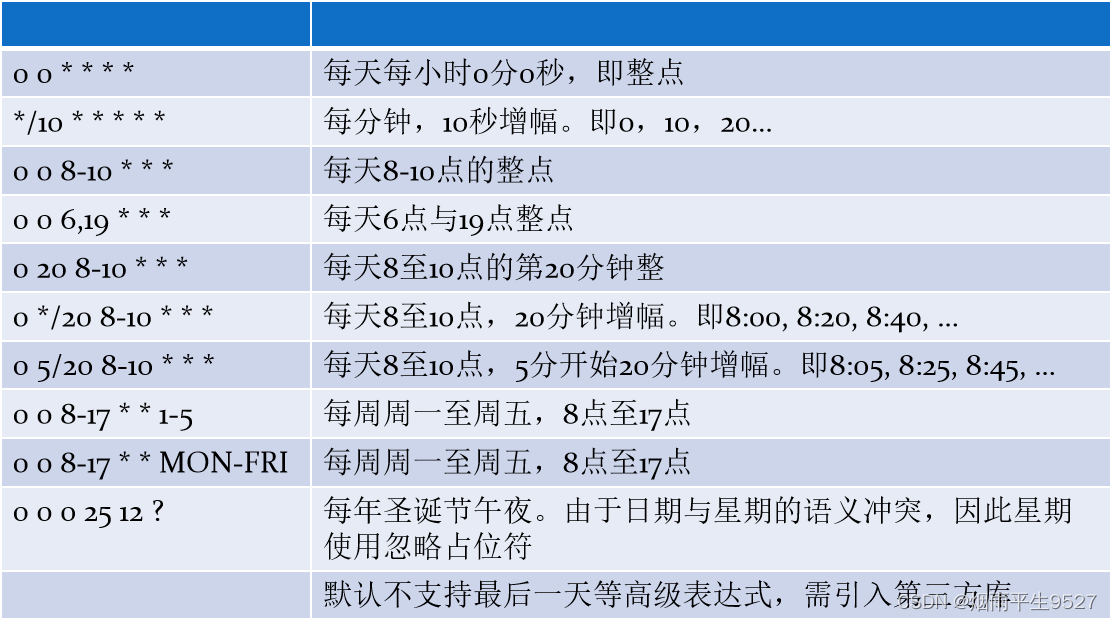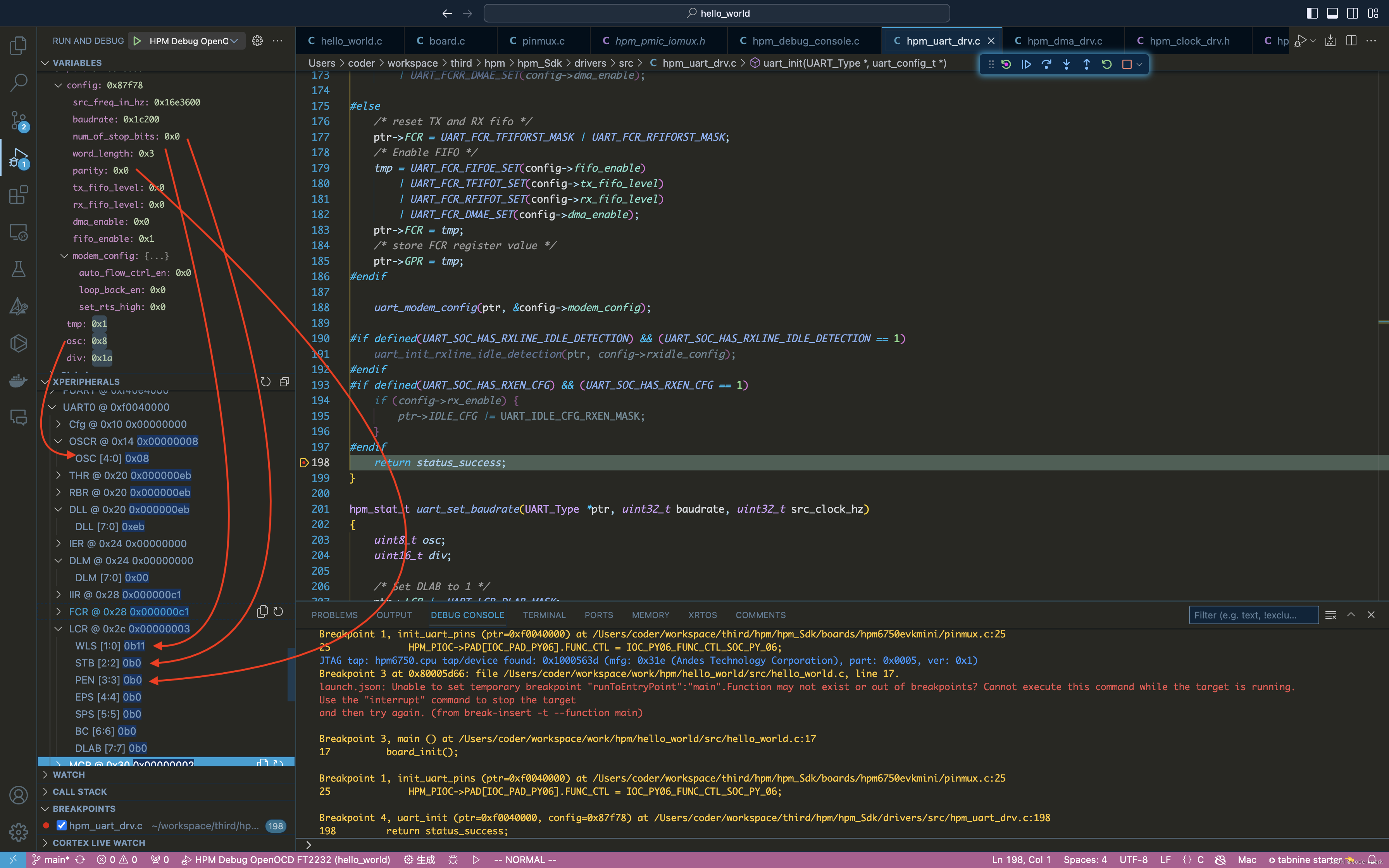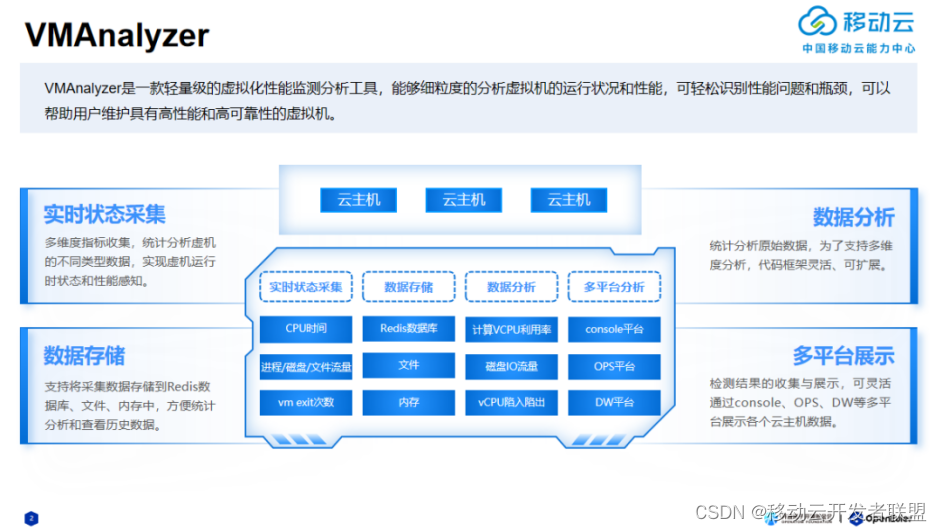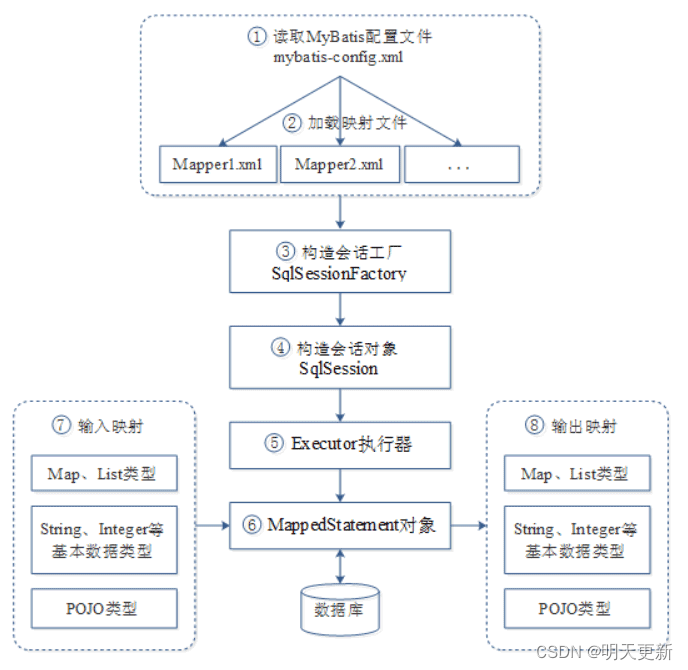
MyBatis框架在操作数据库时,大体经过了8个步骤:
1.读取 MyBatis 配置文件:mybatis-config.xml 为 MyBatis 的全局配置文件,配置了 MyBatis 的运行环境等信息,例如数据库连接信息。
2.加载映射文件:映射文件即 SQL 映射文件,该文件中配置了操作数据库的 SQL 语句,需要在 MyBatis 配置文件 mybatis-config.xml 中加载。mybatis-config.xml 文件可以加载多个映射文件,每个文件对应数据库中的一张表。
3.构造会话工厂:通过 MyBatis 的环境等配置信息构建会话工厂 SqlSessionFactory。
4.创建会话对象:由会话工厂创建 SqlSession 对象,该对象中包含了执行 SQL 语句的所有方法,是一个既可以发送sql执行并返回结果的,也可以获取mapper的接口
5.Executor 执行器:MyBatis 底层定义了一个 Executor 接口来操作数据库,它将根据 SqlSession 传递的参数动态地生成需要执行的 SQL 语句,同时负责查询缓存的维护。
6.MappedStatement 对象:在 Executor 接口的执行方法中有一个 MappedStatement 类型的参数,该参数是对映射信息的封装,用于存储要映射的 SQL 语句的 id、参数等信息。
7.输入参数映射:输入参数类型可以是 Map、List 等集合类型,也可以是基本数据类型和 POJO 类型。输入参数映射过程类似于 JDBC 对 preparedStatement 对象设置参数的过程。
8.输出结果映射:输出结果类型可以是 Map、 List 等集合类型,也可以是基本数据类型和 POJO 类型。输出结果映射过程类似于 JDBC 对结果集的解析过程。
自己推理:(帮助理解)
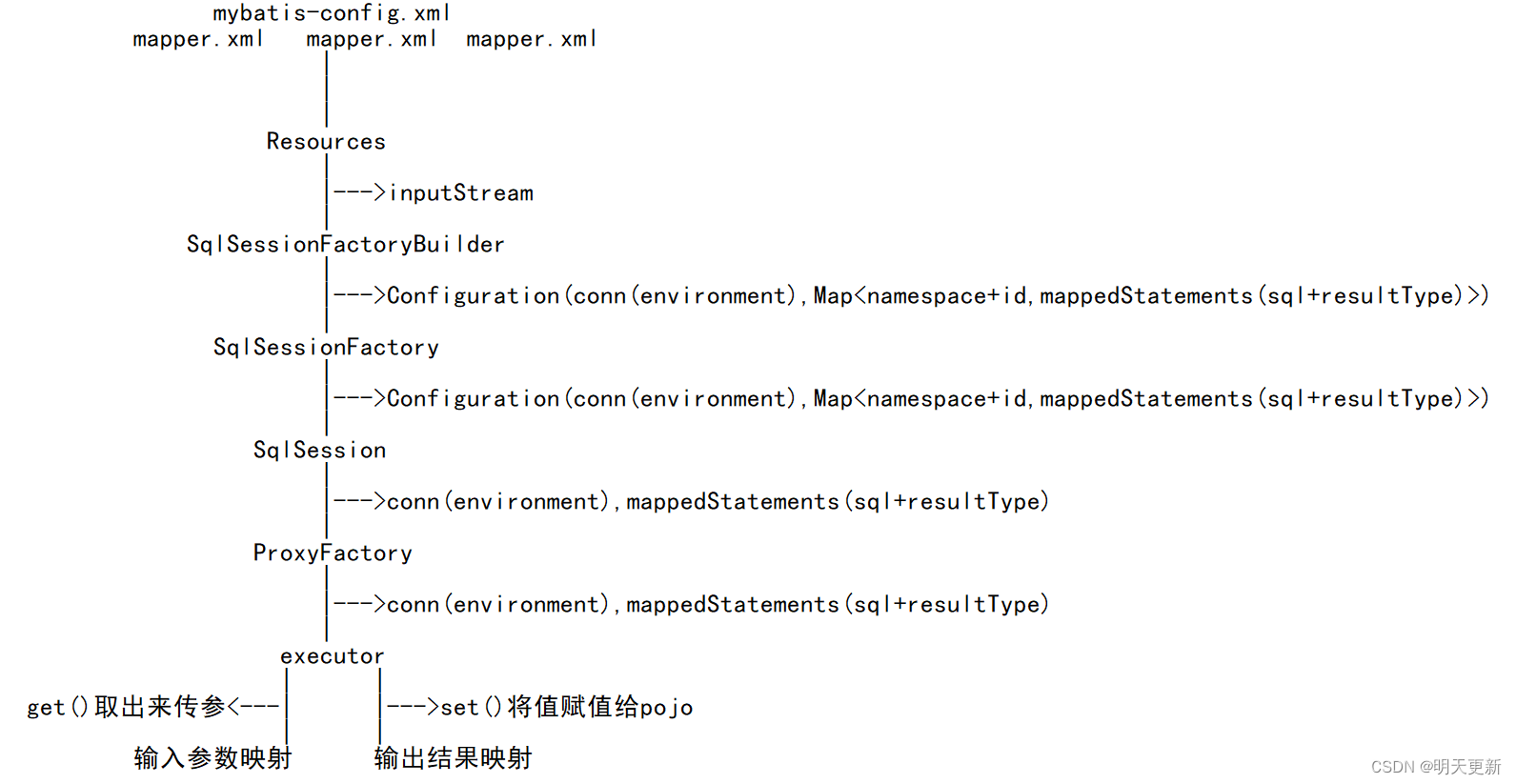
Resources
l编写资源加载类。使用类加载器加载配置文件
package com.by.io;
import java.io.InputStream;
public class Resources {
//根据文件名称,加载类路径下面的配置文件
public static InputStream getResourceAsStream(String filePath){
return Resources.getResourceAsStream(filePath);
}
}SqlSessionFactoryBuilder
将配置资源封装成Configuration对象,并且将该资源对象传到工厂对象中
package com.by.builder;
import com.by.cfg.Configuration;
import com.by.factory.DefaultSqlSessionFactory;
import com.by.factory.SqlSessionFactory;
import com.by.utils.XMLConfigBuilder;
import java.io.InputStream;
public class SqlSessionFactoryBuilder {
/**
* 构建SqlSessionFactory对象
* @param in
* @return
*/
public SqlSessionFactory build(InputStream in){
Configuration configuration = XMLConfigBuilder.loadConfiguration(in);
return new DefaultSqlSessionFactory(configuration);
}
}Configuration
配置类存储所有的配置信息
package com.by.cfg;
import com.by.mapping.MappedStatement;
import java.util.HashMap;
import java.util.Map;
public class Configuration {
private String driver;
private String url;
private String username;
private String password;
private Map<String, MappedStatement> mappers = new HashMap<String,MappedStatement>();
public Map<String, MappedStatement> getMappers() {
return mappers;
}
public void setMappers(Map<String, MappedStatement> mappers) {
this.mappers.putAll(mappers);//此处需要使用追加的方式
}
public String getDriver() {
return driver;
}
public void setDriver(String driver) {
this.driver = driver;
}
public String getUrl() {
return url;
}
public void setUrl(String url) {
this.url = url;
}
public String getUsername() {
return username;
}
public void setUsername(String username) {
this.username = username;
}
public String getPassword() {
return password;
}
public void setPassword(String password) {
this.password = password;
}
}MappedStatement
MappedStatement是用来封装sql语句和查询结果集
package com.by.mapping;
public class MappedStatement {
private String queryString;//SQL
private String resultType;//实体类的全限定类名
public String getQueryString() {
return queryString;
}
public void setQueryString(String queryString) {
this.queryString = queryString;
}
public String getResultType() {
return resultType;
}
public void setResultType(String resultType) {
this.resultType = resultType;
}
}SqlSessionFactory
package com.by.factory;
public interface SqlSessionFactory {
//获取SQLSession对象
public SqlSession openSession();
}
package com.by.factory;
import com.by.cfg.Configuration;
import com.by.session.DefaultSqlSession;
import com.by.session.SqlSession;
public class DefaultSqlSessionFactory implements SqlSessionFactory {
private Configuration cfg;
public DefaultSqlSessionFactory(Configuration cfg) {
this.cfg = cfg;
}
/**
* 获取一个SqlSession对象
* @return
*/
@Override
public SqlSession openSession() {
return new DefaultSqlSession(cfg);
}
}SqlSession
public interface SqlSession {
//获取代理对象
public <T> T getMapper(Class<T> tClass);
//释放资源
void close();
}
package com.by.session;
import com.by.utils.DataSourceUtil;
import com.by.cfg.Configuration;
import java.lang.reflect.Proxy;
import java.sql.Connection;
import java.sql.SQLException;
public class DefaultSqlSession implements SqlSession {
private Configuration cfg;
private Connection conn;
public DefaultSqlSession(Configuration cgf){
this.cfg = cgf;
this.conn = DataSourceUtil.getConnection(cfg);
}
/*
* 创建代理对象
*/
@Override
public <T> T getMapper(Class<T> tClass) {
/**
* tClass.getClassLoader():类加载器
* new Class[]{tClass}:Class数组,让代理对象和被代理对象有相同的行为
* new ProxyFactory:增强的逻辑
*/
return (T) Proxy.newProxyInstance(tClass.getClassLoader(),
new Class[]{tClass},
new ProxyFactory(cfg.getMappers(),conn));
}
@Override
public void close() {
try {
conn.close();
} catch (SQLException e) {
e.printStackTrace();
}
}
}ProxyFactory
package com.by.session;
import com.by.mapping.MappedStatement;
import com.by.utils.Executor;
import java.lang.reflect.InvocationHandler;
import java.lang.reflect.Method;
import java.sql.Connection;
import java.util.Map;
public class ProxyFactory implements InvocationHandler {
private Map<String, MappedStatement> mappers;
private Connection conn;
public ProxyFactory(Map<String, MappedStatement> mappers, Connection conn){
this.mappers = mappers;
this.conn = conn;
}
//调用代理对象的任何方法,都会在这执行
public Object invoke(Object proxy, Method method, Object[] args) throws Throwable {
//1.获取方法名
String methodName = method.getName();
//2.获取方法所在类的名称
String className = method.getDeclaringClass().getName();
//3.组合key
String key = className+"."+methodName;
//4.获取mappers中的Mapper对象
MappedStatement mappedStatement = mappers.get(key);
//5.判断是否有mapper
if(mappedStatement == null){
throw new IllegalArgumentException("传入的参数有误");
}
//6.调用工具类执行查询所有
return new Executor().selectList(mappedStatement,conn);
}
}测试
//1.读取配置文件
InputStream in = Resources.getResourceAsStream("SqlMapConfig.xml");
//2.创建SqlSessionFactory工厂
SqlSessionFactoryBuilder builder = new SqlSessionFactoryBuilder();
SqlSessionFactory factory = builder.build(in);
System.out.println("-----" + factory);
//3.使用工厂生产SqlSession对象
SqlSession session = factory.openSession();
//4.使用SqlSession创建Dao接口的代理对象
UserDao userDao = session.getMapper(UserDao.class);
//5.使用代理对象执行方法
List<User> users = userDao.findAll();
for(User user : users){
System.out.println(user);
}
//6.释放资源
session.close();
in.close();